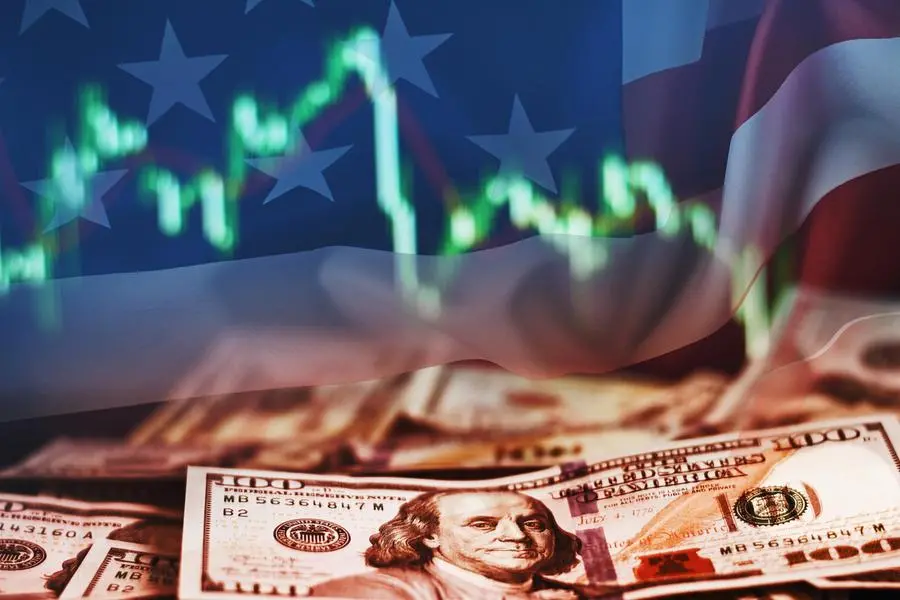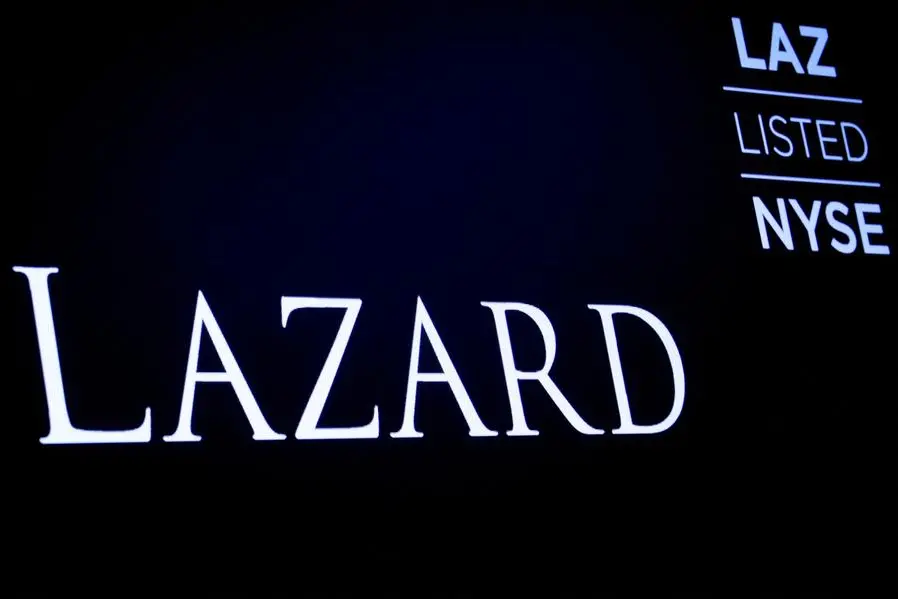PHOTO
US dollar bills on background with dynamics of exchange rates. Trading and financial risk concept
2022 is so far one of the worst years on record for investors. It may not be perceived on par with the infamous stock market crashes of 1987, 2000 or 2008, but what makes it so painful is elsewhere: every single major asset class is in the red, which annihilates the benefits of diversification. Yes, the golden rule of portfolio construction does not work in 2022. Today we will discuss the reasons, and share our views on the perspectives.
A correlation shock centered on inflation
Let’s start with numbers. In the first nine months of 2022, stock markets and global listed real estate are down between -25% and -30%. Did bonds play their typical shelter role? Not this time. The fixed income asset class is down -20% on average. The safest segments such as government bonds and high quality corporate even underperformed. This doesn’t happen often. Since 1926, only three calendar years saw both (US) bonds and stocks being in the red at the same time: 1931, 1969, and most probably, 2022.
The main driver of this correlation shock is obviously inflation in the West. The latest Consumer Price Indices indicate a year-on year headline jump of +8.2% in the US and +9.9% in the Eurozone. Multi decade highs. What started in 2021 with a combination of generous pandemic support money with disrupted supply chains and factories turned more persistent. In the US, inflation spread to services and importantly to wages, with a very tight job market. Europe has an energy issue with the sanctions on Russia, and finds itself importing inflation due to a skyrocketing dollar. The dollar being the mastodon of global trade and finance, inflation is a global and persistent issue.
Price stability is the primary mission of central banks. Simplistically, the Fed drastically raises interest rates to break the price/wage spiral by slowing the economy. The others follow to avoid importing more inflation if their currency weakens further. They all say that they won’t stop until mission is accomplished.
This is a terrible combination for investments. The fixed income asset class tumbles with rising interest rates. But higher risk-free yields also command lower equity valuation multiples, while corporate earnings at risk with margin pressure and a slowing economy. Finally, uncertainty, geopolitics and the risk of a policy error take a heavy toll of investors’ appetite for risk. There is nowhere to hide: as inflation snowballs, so do correlations across asset classes. They are all deeply in the red.
Looking forward
Bottom-line, it’s all about inflation and central banks. No sustainable change in both correlations and market direction can happen before the market’s consensus builds for an imminent end to monetary tightening. Markets stop panicking when central banks start panicking. The issue is that the timing is unknown. Our view is that the inflexion should happen close to mid-2023, and markets could anticipate. But central banks are data driven. The pivot could require the US unemployment rate, currently at a 50-year low of 3.5%, to exceed the 4% mark. We have little doubt that inflation will ultimately normalize.
Not an easy journey
Monetary tightening is a powerful tool, but it really started only six months ago and it takes time to percolate into the economy. Supply chains are also getting back to normal and base effects will fade. The level of inflation may remain higher than in the last decade but it should stabilize at acceptable levels, as growth slows. It’s not going to be an easy journey with damages on jobs and asset prices. But central banks will change their course, which means that asset classes will behave according to their fundamental pattern. Diversification will be back, making asset allocation great again with a difference between defensive and cyclical asset classes.
The key question then will be the state of the economy at this unknown but hopefully not too distant point in time. This is where we find comfort in the impressive resilience of the US economy, and hope in the probable reacceleration of China. The fate of Europe is obviously more uncertain from a growth perspective, and geopolitical risks remain important. Still, central banks at this point will have reloaded ammunitions to be able to support growth if needed.
Record levels of pessimism
Between now and then, we keep on expecting extreme volatility. Volatility, not a bear market: sudden rallies are equally possible, and equally unpredictable, as sudden crashes. The reason is that investors’ sentiment and positioning are at record levels of pessimism. The latest global fund manager survey from Bank of America “screams capitulation” with cash levels from professional investors at their highest levels since 2001.
Finally, but importantly, the current turmoil has reshaped the valuation landscape. Long-term expected returns are arguably higher than what they were a year ago, and without a doubt, it’s a good time to reassess strategic asset allocation for the decade ahead. No more negative interest rates, and some dislocations that should correct over time. That’s what we are working on, as we remain strong believers in the merits of a diversified and robust asset allocation.
This Opinion was originally written on October 21, 2022.
























